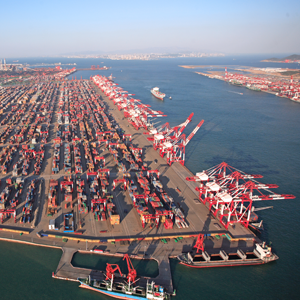Is the Trusted Trader Program (TTP) the beginning of a “new trade era” for the Down Under?

You might be asking “What is it and how is it relevant to me?” The idea is that it is a modernized system developed by both Australian Customs and Border Protection (ACBPS) to enhance the competitiveness of Australian traders by relieving unnecessary administrative and regulatory burdens, whilst still protecting the borders from associated risk. The process being designed is in accordance with the trade facilitation measures outlined in the World Trade Organization’s Trade Facilitation Agreement, also known as the SAFE Framework.
The TTP will provide some clearance privileges to recognized trusted traders. In simple terms, think of the TTP as a relationship with the ACBPS built on trust and shared responsibility. Sounds like a marriage, right?






